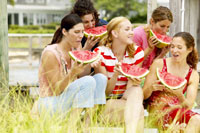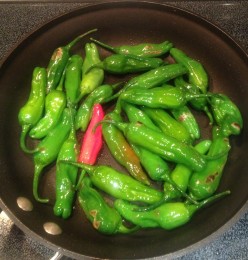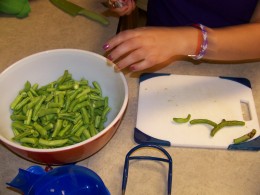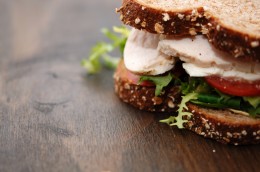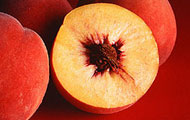 As summer moves forward, peach season approaches. Whether you pick your own or buy them from your local grocer, it is hard to beat this juicy summer treat!
As summer moves forward, peach season approaches. Whether you pick your own or buy them from your local grocer, it is hard to beat this juicy summer treat!
Peaches can be in any meal and more. Here are some ideas to incorporate them into your meals.
- Add peaches to breakfast on your cereal, pancakes, waffles or yogurt.
- Grill peaches for a sweet dessert. The heat will bring out their natural sweetness.
- Make a smoothie with other fruits, yogurt and ice with a peachy twist.
- Preserve peaches! Learn more at www.bookstore.ksre.ksu.edu/pubs/mf1182.pdf.
- Make a cobbler or crisp with fresh peaches. It’s a classic dessert for summer.
- Add peaches to water, tea, or lemonade for a refreshing beverage.
- Make a fresh peach salsa or preserve a zesty peach salsa. See the link above to preserve peach salsa.
Source: www.fruitsandveggiesmorematters.org/top-10-ways-to-enjoy-peaches
